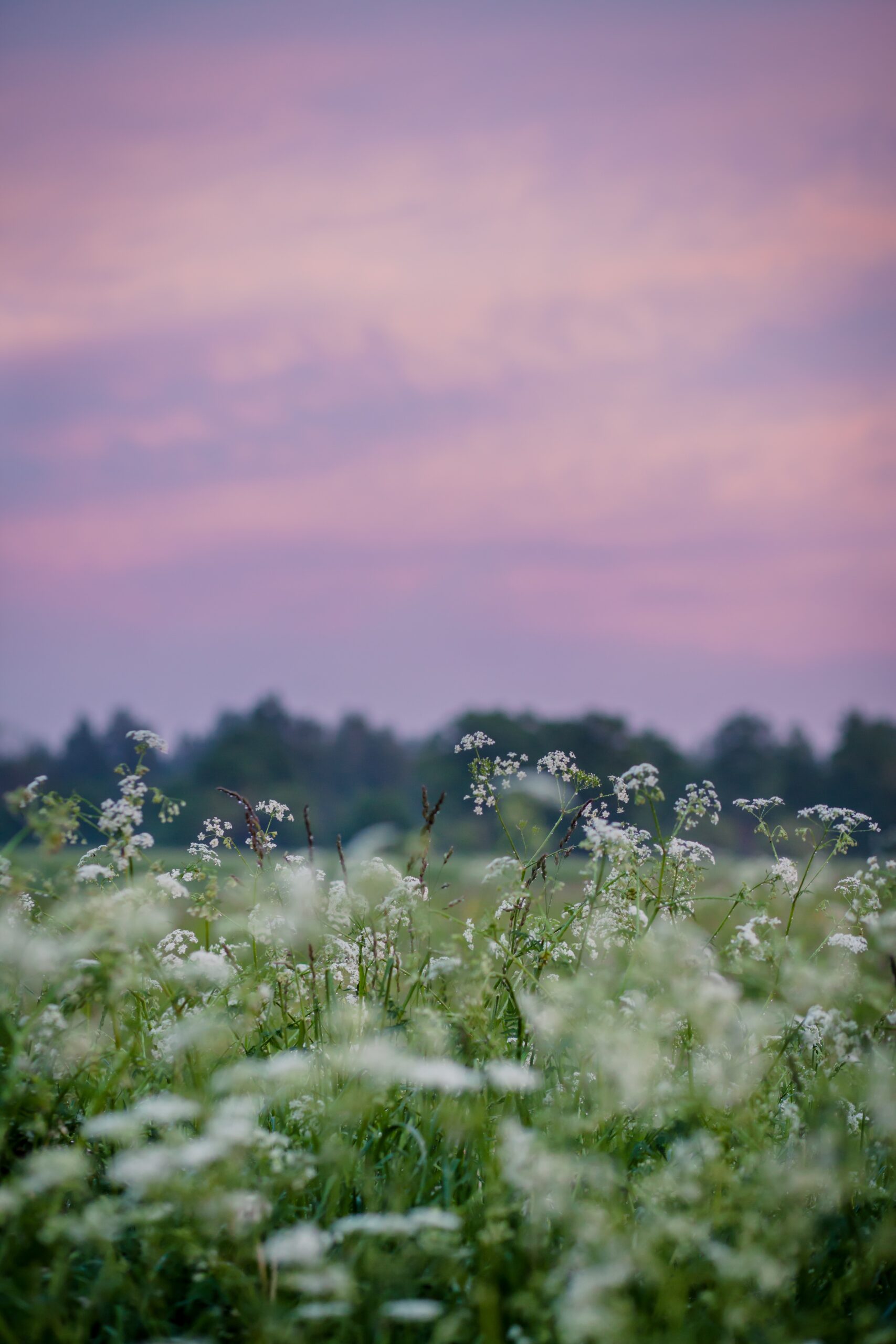Meadowscaping is a gardening and landscaping approach that involves creating and maintaining a meadow-like habitat in your yard or outdoor space. This approach aims to mimic natural meadow ecosystems, which are characterized by a diverse mix of grasses, wildflowers, and other native plants. Meadowscaping offers several benefits, including:
- Biodiversity: Meadowscapes support a wide range of native plants, which in turn attract various wildlife like pollinators, birds, and insects, fostering a healthier ecosystem.
- Low Maintenance: Once established, meadowscapes generally require less maintenance than traditional lawns. They don’t need frequent mowing and may require fewer inputs like water and fertilizers.
- Environmental Benefits: Meadowscaping can help reduce water usage, prevent soil erosion, and support local ecosystems by providing habitat for native species.
Here’s how you can create a meadowscape in your own yard:
- Assessment: Begin by assessing your yard’s conditions, including sunlight, soil type, and drainage. This will help you choose appropriate plant species.
- Select Native Plants: Choose native grasses, wildflowers, and other plants that are adapted to your region’s climate and soil. Native plants are better suited to the local environment and require less maintenance.
- Prepare the Soil: Clear the area of any existing vegetation. Depending on your soil type, you might need to amend it with compost or other organic matter to improve its quality.
- Planting: Plant the native seeds or young plants according to their specific requirements. Pay attention to spacing and depth guidelines.
- Watering: While establishing, the meadow will require consistent watering to help the plants take root. Once established, native plants are typically more drought-tolerant.
- Maintenance: Unlike traditional lawns, meadows should not be mowed frequently. Depending on the growth rate of the plants, you might need to mow once or twice a year to keep the meadow from becoming overly dense. Consider using a scythe or a mower that can handle taller vegetation.
- Weeding: While meadowscapes are designed to look more natural, some weeding might be necessary, especially in the initial stages when the meadow is becoming established.
- Enjoy the Results: Over time, your meadow will flourish, attracting various wildlife and providing a beautiful and ecologically diverse space.
Remember that creating a meadowscape requires patience, as it takes time for the plants to establish and develop. It’s also a good idea to research specific native plants that are well-suited to your region and local conditions.
Additionally, you might want to consult with local gardening or landscaping experts or organizations that specialize in native plants and habitat restoration. They can provide guidance tailored to your specific location and help you make informed decisions about your meadowscaping project. —Vita Daily

January 24th, 2025 at 7:57 am
I’ve started using CBD gummies like https://www.cornbreadhemp.com/products/full-spectrum-cbd-gummies , and they’ve made a noticeable quarrel in my routine. They’re easygoing to utilize, taste great, and require a unembellished way to mix CBD into my day. I’ve found they help me moderate and enhance my sleep after a long hour, which has been a gargantuan benefit. The consistent CBD dosage in each gummy is a enormous with an increment of looking for managing intake. If you’re making allowance for CBD, gummies are an remarkable opportunity to start with—proper establish sure you settle upon a incorruptible disgrace for the best results!